Summer term progresses and most of my weekdays are now spent in field teaching, but the May Bank Holiday weekend gave me an opportunity to get away for a break with a friend, down on the Dorset coast. A singing workshop was being led by Gilo and Sarah, two lovely people that I met at the Unicorn Voice Camp last August. They are both fabulous singers and members of the Natural Voice Practitioners’ Network, to which I also belong. My friend and I expected a wonderful workshop, and we weren’t disappointed: Sarah and Gilo led around fifty people in a full day of harmony singing that was simply out of this world. The space we were singing in, the chapel at the Othona community near Burton Bradstock, was acoustically superb as well as being a beautiful setting in its own right. All in all, a great day.
My friend Tessa and I had an interesting journey to Othona. We paused en route to eat our picnic lunch at Tolpuddle, the village associated with the famous Tolpuddle Martyrs: six farm labourers (George and James Loveless, James Brine, James Hammett, John and Thomas Standfield) who tried to organise themselves into an early trade union to alleviate the poverty in which they lived. In 1834, the six men were framed by local squire James Frampton and sentenced to seven years’ transportation to Australia. Such was the outcry from the public, trade unions and a few MPs that two years later the men were all pardoned. They returned to Britain but found continuing ill treatment at the hands of wealthy landowners: five of the original six eventually emigrated to Canada where they lived out their lives in peace.
Astonishingly, the Sycamore tree under which the men held some of their union meetings is still growing in Tolpuddle (and is pictured above). I stood under it for a while and thought of those men daring to work together to change their world for the better, despite the fear of retribution from the rich and powerful. A significant message in these difficult times. No doubt certain people in government today wish fondly that transportation was still an option.
Before we arrived at Othona, we also went for a walk along nearby Chesil Beach. It was a grey evening with an almost completely calm sea, and the only people to be seen on the beach were fishermen. This mighty shingle bank had an almost surreal quality in the fading light: I could have sat meditatively on it for hours, gazing out to sea. At this western end the shingle is pea-sized, increasing to cobblestone size as you go east. According to local legend, smugglers landing on the shingle at night could tell exactly where they were on the coast by the size of the pebbles. I paddled briefly and narrowly escaped frostbite: early May is not propitious for sea-bathing in Britain. Tessa was far more sensible and kept her wellies firmly on.
In places along the shingle, some plants have managed to grab a foothold: I saw plenty of Sea kale Crambe maritima, with its fleshy crinkled leaves looking a lot more impressive than the stuff I’ve grown on the allotment. I tried munching a few leaves and they were surprisingly tasty, in a cabbagey sort of way. I couldn’t help thinking that they would be rather nice stir-fried with some ginger and spring onions and a few seared scallops.
Another coastal specialist growing at Chesil Beach is Sea campion Silene uniflora (pictured at the start of this blog entry), with white blossoms nodding above pinkish-green calyxes and slender stems and leaves. Amongst the flowers, black lumps of ancient peat lay scattered over the shingle, washed up onto the beach from sediments formed in a lagoon that lay further offshore when sea levels were lower over 4,000 years ago. Near one I found a wave-worn plastic soldier of unknown regiment, frozen in mid-stride: I left him storming the beaches on a block of peat not far from some World War Two tank traps, as he seemed quite at home there.
When we finally arrived at the Othona community to stay for the weekend, we were made instantly welcome and plied with delicious food, including ice cream for pudding with homemade butterscotch sauce. Othona has a core group of members living there as part of a spiritual community and runs a programme of events and ‘Open Space’ weekends that are open to all-comers. Along with its sister site in Essex, Othona in Dorset has a Christian basis but is open to people of all faiths or none, believing that what people share is more important than what divides them. As someone currently following a pagan tradition / the Tao Te Ching / meditation as a spiritual path, I found this open-hearted and inclusive attitude to spirituality refreshing and healing.
I would recommend staying at Othona to anyone. Not only was it peaceful and welcoming, but they have the most amazing tree-house in their garden and the sea is only ten minutes’ walk away. Before Othona took on the site in the 1960s it was the home of a small community of women dedicated to a life of self-sufficiency, vegetarianism and prayer. Known locally as the White Ladies (after the undyed cotton or silk habits they wore), each woman lived in her own wooden house and cultivated the land around it: sort of ‘Eco Nuns’, as someone described them. Sounds like a pretty good life to me. And I feel sure that they would have built a treehouse too, if only they’d thought of it.
While walking along the beach below Othona we found a Common hermit crab Pagurus bernhardus firmly ensconced in the recycled empty shell of a Common whelk Buccinum undatum. Hermit crabs scavenge on anything from dead fish to bits of seaweed, so are quite happy foraging around the tideline on beaches. Apparently if one hermit crab fancies another’s shell they may try to forcibly evict it. Even marine life has its perils, it would seem.
We were lucky enough to get quite a bit of sunshine over the weekend, very welcome after so many grey rainy days. On the Sunday we joined another friend (John) for a fossil hunting walk from Charmouth to Lyme Regis, managing to pick up quite a few nice ammonites and other fossils on the way. The best place to find these is not in the disintegrating (and hazardous) cliff faces, but amongst rocks and shingle on the beach. This doesn’t however discourage lots of people from whacking enthusiastically at anything rock-shaped with fossil hammers, so our walk was musically punctuated by the chink of steel on stone.
I went on many childhood holidays to Lyme Regis and have lots of good memories of this part of the coast, so it was especially nice for me to share a day there with two friends. We ate lunch (massive fresh local crab baguettes) on the beach, and soaked up the sunshine.
Our day out coincided with the Lyme Regis Fossil Festival, an annual event that celebrates all things geological and palaeontological. We enjoyed some of the street theatre on offer, including the roving Big Noise Band and the eccentric Battle For The Winds performance (which was frankly as mad as a sack full of weasels – British eccentricity at its finest). I also spotted a rather enigmatic young lady dressed in period costume (pictured below), taking the air on the promenade. I thought perhaps she was meant to be a young Mary Anning, the nineteenth century fossil collector who is one my earliest heroines.
Also part of the festival was stone balancer Adrian Gray. Some time ago my parents gave me a photograph of one of his delicately-balanced pieces, but I hadn’t appreciated just how astonishing his work was until I watched him in action. He stands one massive sea-smoothed stone atop another, in positions that seem to defy gravity. Lest people grow suspicious of trickery, he periodically takes these balances apart and perches a new stone in place of the first one. I could’ve watched him all day. I think stone balancing could be the new Jenga.
After fortifying ourselves with some ice cream we headed back to Charmouth over the clifftops, following a route that would have given us spectacular views had it not been diverted away from the cliff edge due to coastal erosion in 2009. My understanding is that the path could simply be moved slightly inland when erosion occurs, remaining close to the cliff edge… But that would require the cooperation of local landowners, including a golf course. In the meantime walkers enjoy fine views of local roads and roundabouts, although a small section of the path does still cut through part of the golf course, where I saw my first Early Purple Orchids Orchis mascula of the year, growing alongside Cowslips Primula veris, Bluebells Hyacinthoides non-scripta and Common Dog Violets Viola riviniana.
The Dorset coast is a stunning and fascinating place, rich in geology, wildlife and poetry. One day I’d like to live closer to it, and walk there often. John Masefield puts it better than I can, in his ballad Sea Fever:
I must go down to the seas again, for the call of the running tide
Is a wild call and a clear call that may not be denied;
And all I ask is a windy day with the white clouds flying,
And the flung spray and the blown spume, and the sea-gulls crying.
Till the next time, Jurassic Coast.

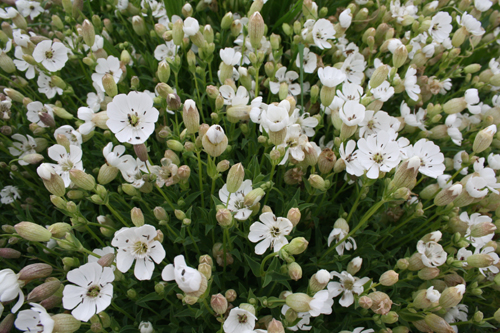
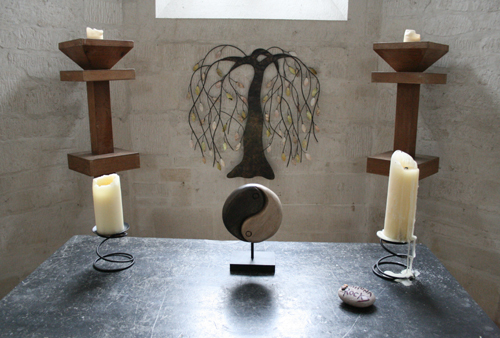
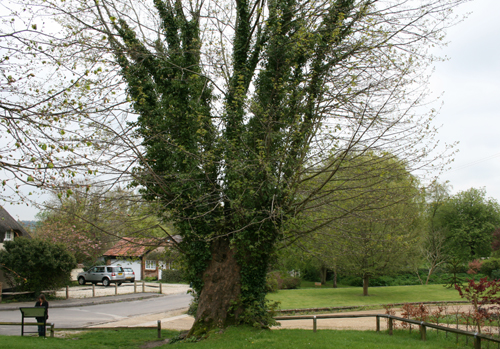
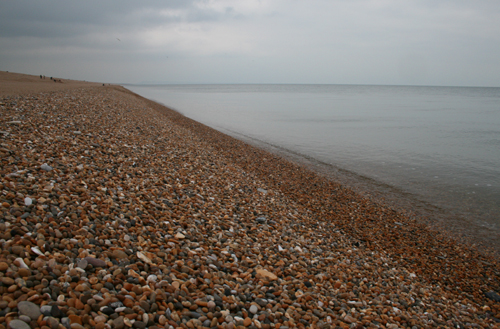
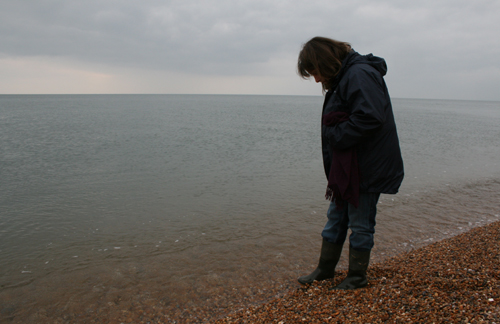

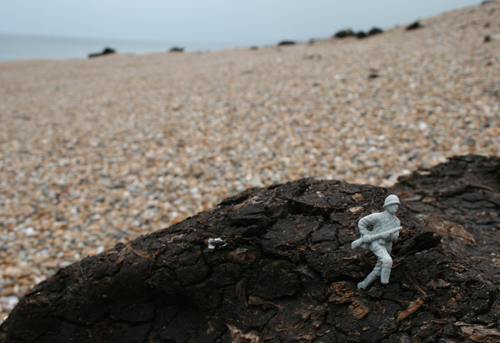

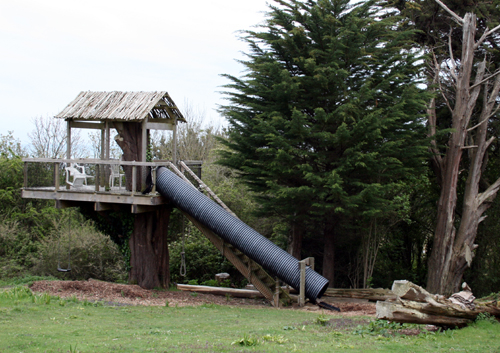
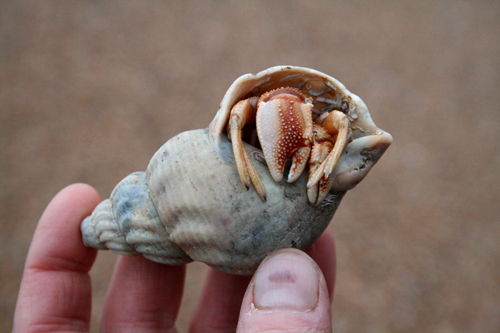
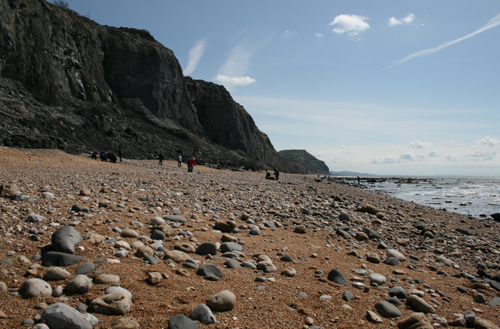
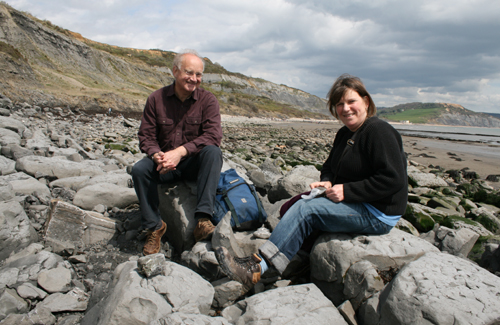
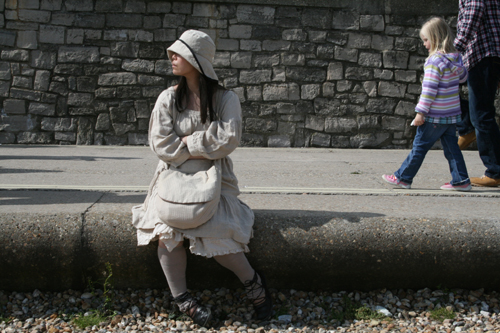
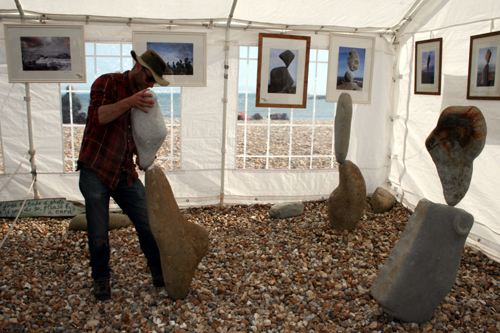
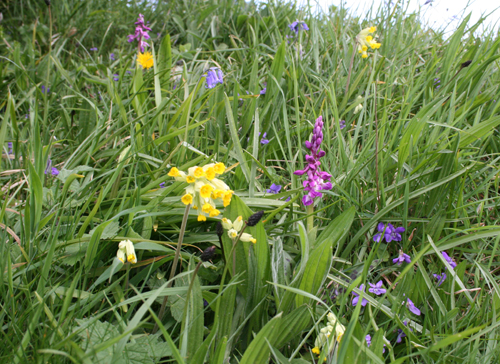
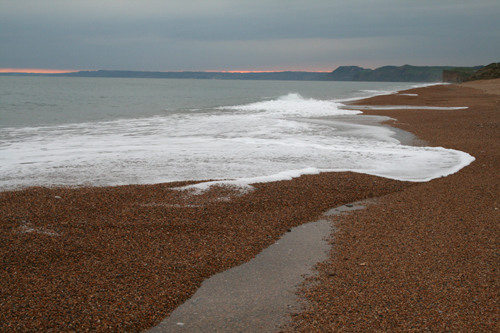
What a beautifully written piece. It really brought to life the beauty of the world around Othona and the joy of song.
Thank you, Ali! I’m glad you enjoyed reading it.
and excellent pics too! David (I was there with you)
Cheers, David – great to have met you! Hope to sing with you again sometime soon.
This sums up our time in Dorset so well, I love the way you have written this Becca. A great piece of writing. I’m going to look at your blog regularly from now on. It’s very uplifting 🙂
Thanks, Tessa! Feel free to rec my blog to friends, too. I’m starting to get plenty of regular readers… 🙂
Great content and images Becca an inspiration to me!
Thank you, Carl – glad you liked it! 🙂